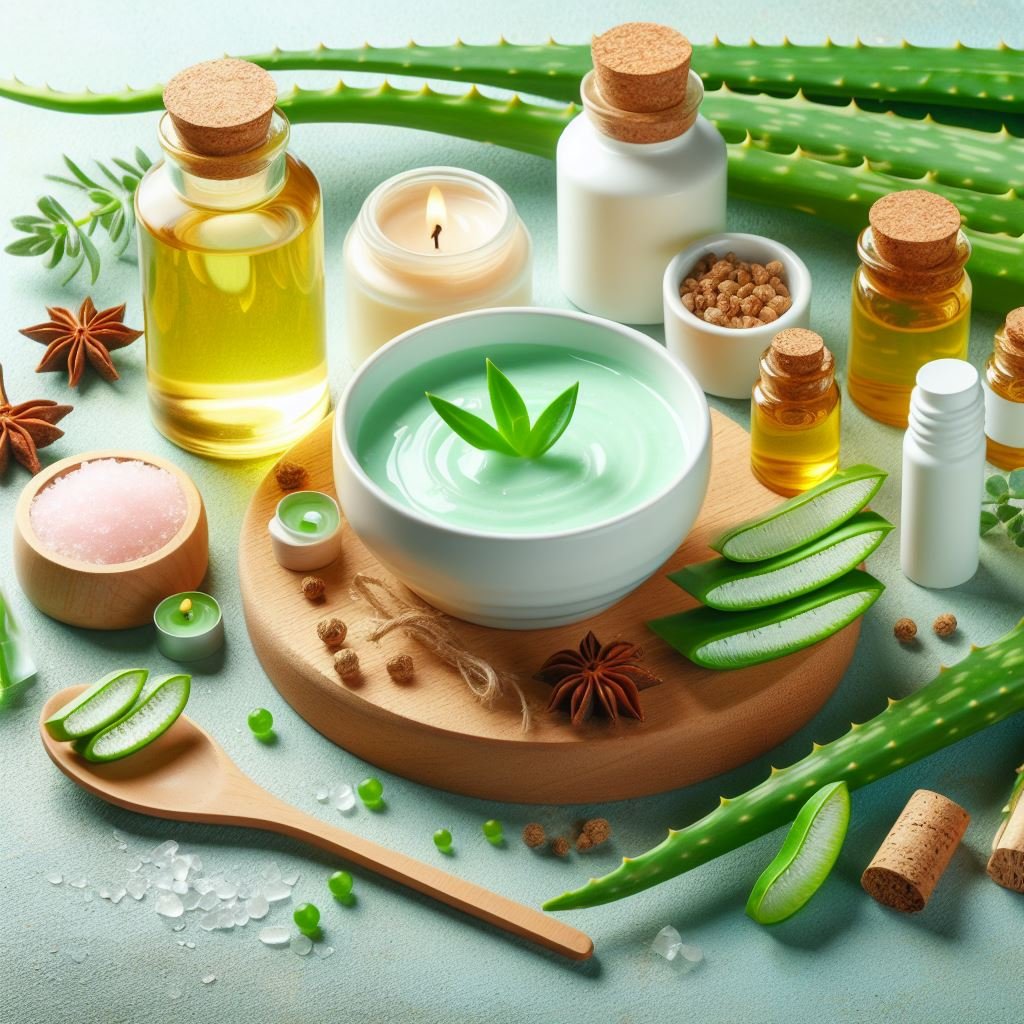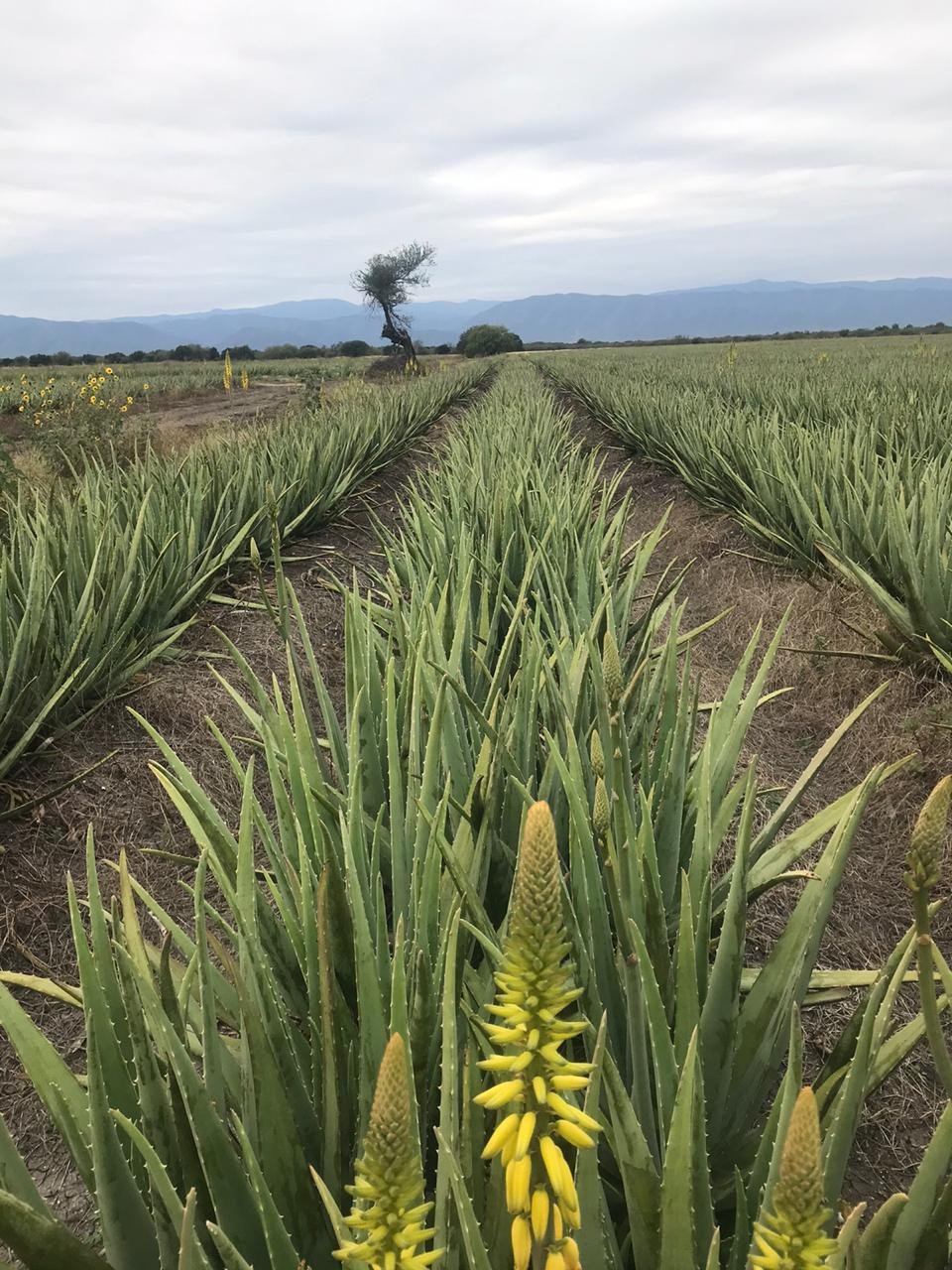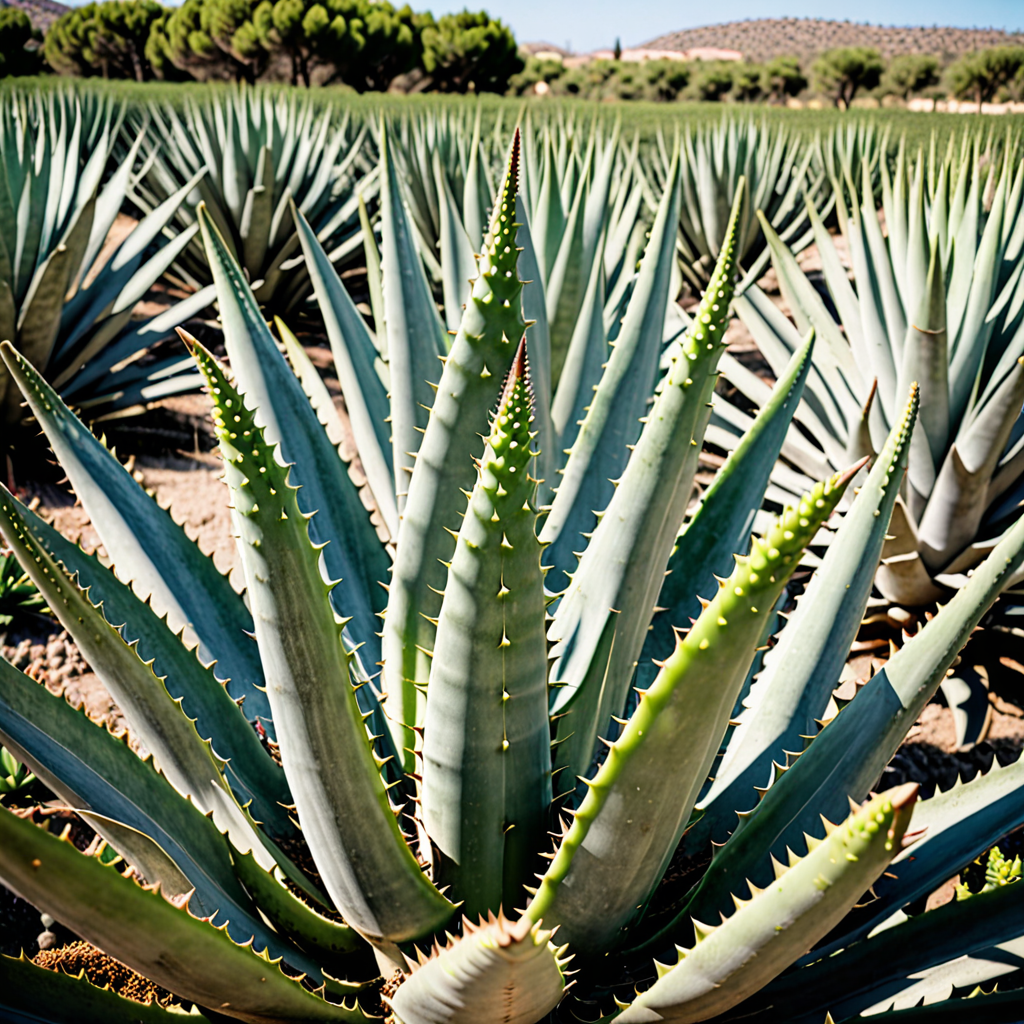Main Aloe Vera Products in the Food & Beverage Industry
Aloe vera is increasingly utilized in the food industry due to its nutritional profile, bioactive compounds, and functional properties. Below are a short description of the main aloe vera products used in the food and beverage industry, along with their applications.

Main Aloe Vera Products and its applications in the Food & Beverage Industry
- Aloe Vera Inner Juice 1X
- Description: Clear, mucilaginous gel extracted from the inner leaf of aloe vera, rich in polysaccharides, vitamins, minerals, and enzymes.
- Applications:
- Beverages: Incorporated into functional drinks, smoothies, and health juices for its hydrating and detoxifying properties. Often marketed as a digestive aid or immune booster.
- Yogurts and Desserts: Added to yogurts, jellies, or fruit-based desserts for texture enhancement and nutritional benefits.
- Jams and Preserves: Used as a natural gelling agent or stabilizer due to its polysaccharide content.
- Functional Foods: Added to energy bars, health snacks, or fortified foods to enhance nutritional content.
- Beverage Enhancers: Used in concentrated drops or syrups to add aloe vera benefits to water or other drinks.
- Flavoring Agents: Incorporated into health-focused candies or chewing gums for digestive benefits.
- Aloe Vera Whole Leaf Juice
- Description: Liquid derived from the whole leaf or gel, processed for oral consumption, containing polysaccharides, anthraquinones, and other bioactive compounds.
- Applications:
- Health Drinks: Sold as standalone aloe vera juice or blended with other fruit juices to promote digestive health, hydration, and detoxification.
- Functional Beverages: Included in energy drinks or wellness shots to support gut health and provide antioxidants.
- Dietary Supplements: Used in liquid supplements to aid digestion, reduce inflammation, or support metabolic health.
- Aloe Vera Powder
- Description: Dehydrated aloe vera gel or leaf processed into a powder, suitable for shelf-stable food products.
- Applications:
- Nutritional Supplements: Incorporated into capsules, tablets, or powdered drink mixes for digestive health and immune support.
- Baked Goods: Added to health-focused breads, cookies, or energy bars for added nutritional value and moisture retention.
- Smoothie Mixes: Blended into powdered smoothie or protein shake mixes for convenience and health benefits.
- Aloe Vera Cubes/Fillets:
- Description: Small pieces of aloe vera gel and aloe inner fillets, often preserved or processed for texture in food products.
- Applications:
- Beverages with Pulp: Added to aloe vera drinks for a chewy texture, popular in Asian markets and health beverages.
- Fruit Salads and Desserts: Mixed into fruit salads or dessert toppings for added texture and health benefits.
- Canned Products: Included in canned fruit mixes or health-oriented snacks for a unique mouthfeel.
Key Applications in the Food Industry
- Functional Foods: Aloe vera is used in products marketed for digestive health, as its polysaccharides (e.g., acemannan) may support gut health and improve bowel regularity.
- Nutritional Beverages: Aloe vera juice and gel are popular in health drinks for their hydrating, detoxifying, and antioxidant properties, often targeting wellness-conscious consumers.
- Natural Stabilizers and Thickeners: The gel’s mucilaginous nature makes it a natural thickener or stabilizer in beverages, yogurts, and desserts.
- Dietary Supplements: Aloe vera is used in capsules, powders, or liquids to support digestion, immunity, and metabolic health, often marketed as a natural detox or anti-inflammatory agent.
- Low-Calorie Products: Aloe vera’s low-calorie profile makes it suitable for health-focused foods and beverages targeting weight management.
Some Regulatory Considerations
- Regulatory Compliance: Aloe vera products for food use must meet strict safety standards (e.g., FDA, EU food regulations). Aloe vera latex (containing aloin) is restricted in many regions due to its laxative effects and potential side effects.
- Processing Standards: Proper processing is critical to preserve bioactive compounds and ensure safety, as contamination or improper handling can affect quality.
- Consumer Trends: Aloe vera is popular in natural and organic food markets, driven by demand for plant-based, functional, and clean-label products.
If you need more details on specific products, assistance in product development or formulations, market trends, or want more information on aloe vera-based food products, please visit our pages or contact to us.




